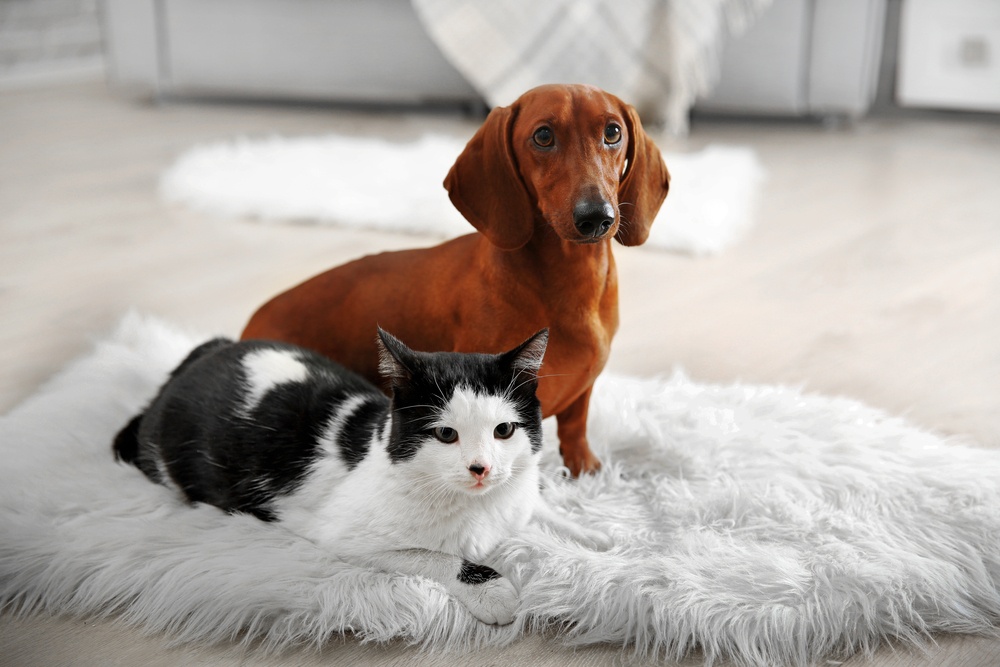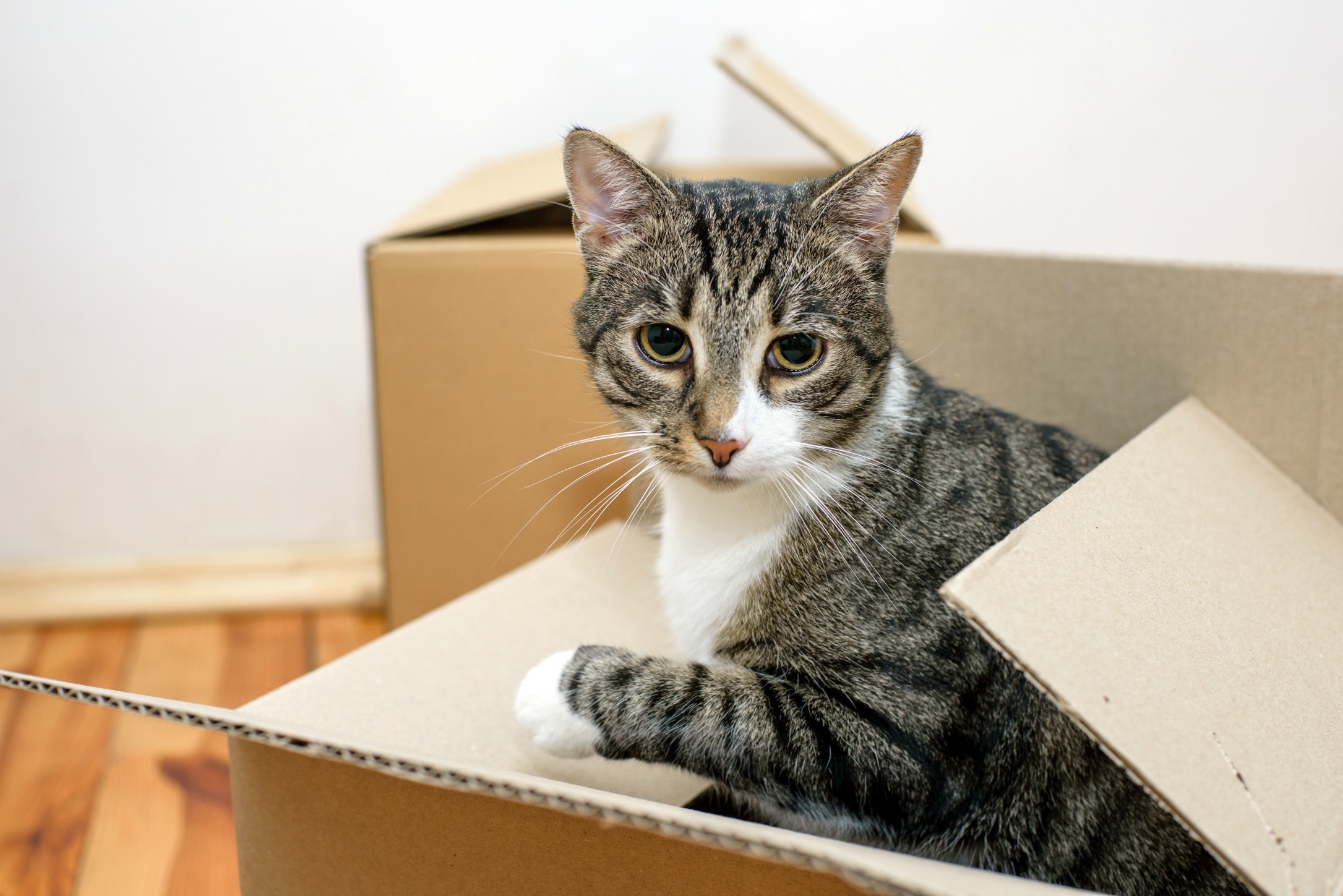-
Leading builders of Modular Homes in NSW, VIC, & SA
-
-
Leading builders of Modular Homes in NSW, VIC, & SA


Moving house is an exciting change and opportunity to start a wonderful new chapter of your life. It can however, be a stressful endeavour for the furrier members of the household. Animals are territorial by nature and they often find the process of relocating to be a somewhat upsetting experience.
Unlike humans, who are able to discuss their plans to move months in advance, our pets remain unaware of the change of scenery that awaits up until they have already arrived at their new residence. If you own a goldfish in a bowl you can relax because this shouldn’t be too much of an issue. However, dog and cat owners may find their beloved pets will show signs of stress and confusion during the moving process. Fortunately, there are many ways to make this transition easier and we have included some handy tips below.
Dogs
- Dogs are very sensitive to new smells, sights and surroundings. Help them familiarise themselves with their new environment by taking them out for a walk in the morning before your daily routine begins and they are left alone. An extra walk in the early evening will also keep them stimulated and help them sleep easier after releasing some of their built up anxiety and energy.
- Ensure that you have maintained a sense of familiarity by creating a “safe space” for your dog including their own bed and toys. Although their existing bed may not suit the décor of your new residence, be patient and allow your dog to keep their bed during the period of transition. The same applies to their food and water bowl.
- Keep your dog entertained by providing plenty of toys, teaching them where to do their business and rewarding good behaviour with treats and objects they can hide somewhere in their new home.
- Don’t forget to contact your local council and inform them of your new address so they can update your dog’s registration details…just in case!

Cats
- The packing process can be stressful for a cat that likes its peace and quiet. Try isolating the cat to a quiet area of the house so it doesn’t feel like it is amidst an invasion.
- Ensure that there is no commotion within your new household before you release the cat from its carrier. This includes saying goodbye to guests, removalists and anyone else who won’t be living in the household. Close all doors and windows and release the cat in a room that will be designated to your cat over the first few days. Sit quietly with them and let them explore their litter tray, bowls and bed in their new environment.
- Outdoor cats may need to be left indoors for the first couple of weeks and when they do venture outside they may be greeted by traces left by neighbouring cats. The battle for territory begins at this point and your cat may need back-up in the form of you patrolling the yard and chasing other cats away when he/she is outside.
- Remember to update your cat’s identification collar to include your new address and contact phone number.

Moving to a new house is a fantastic chance to turn over a new page and create the kind of home that you have always envisioned for yourself. Your happiness shouldn’t be lessened by the pressure of seeing your dear pets struggling to adapt to the change. If your pet suffers from any condition or you feel they need special consideration, contact your vet and seek advice regarding how to make the move easier for them.
However long it may take, be patient! Your wonderful furry friend will love your new home as much as you do in no time.

